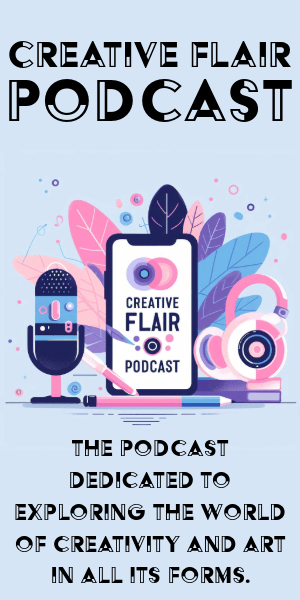Evolution of Portraiture Styles
Renaissance portraiture evolved from rigid profiles to engaging three-quarter views, reflecting a growing fascination with individuality and human expression. This transition was influenced by ancient Roman coins and medals, as well as the creative hub of Florence.
The popularity of three-quarter views allowed artists to capture more dynamic representations, adding sparkle to the eyes or subtle grins that connected with viewers. Flemish painting contributed landscape backgrounds, while artists like Fra Filippo Lippi placed subjects in sophisticated interiors to hint at social status or personal interests.
Portraiture became more than just documenting features; it reflected social norms and functioned as a symbol of identity and influence. Artists like Lorenzo Lotto incorporated hidden messages and allegories, while double-sided portraits by artists such as Hans Memling played with form and meaning.
This era of portraiture signaled a new age of humanism and individuality, evolving from ancient roots to a flourishing declaration of identity.
Symbolism and Hidden Messages
Renaissance portraiture was rich with symbolism and hidden messages, challenging viewers to look beyond the surface. Artists like Lorenzo Lotto created works with secret panels and allegorical scenes, transforming portraits into puzzles that revealed the subject's virtues and character.
Many portraits featured emblems, inscriptions, and objects that required careful consideration to fully understand. The use of multi-sided portraits and panels added an element of revelation, allowing viewers to uncover layers of meaning.
Double-sided portraits, such as those by Hans Memling, created a dialogue between public persona and private intention. Latin inscriptions and emblems weren't just decorative; they expressed societal values and personal ambitions.
These works invited intellectual exploration, offering glimpses into the sitter's world and the interplay between art, identity, and discovery.
Role of Patronage and Society
Patronage played a crucial role in Renaissance portraiture, with wealthy families, political elites, and religious institutions commissioning works that reflected their status and aspirations. The Medici family, for example, significantly influenced artistic narratives through their commissions.
In an era before modern celebrity, portraits asserted individual worth and carefully curated self-image. Patrons influenced colors, postures, and symbolic elements to align with how they wished to be remembered.
The Renaissance emphasis on individualism allowed portraits to become ambassadors of personal legacy. Artists explored deeper into human expression, crafting works that told stories of power, intellect, and societal projection.
Patrons sought to immortalize themselves through themes of beauty and virtue, creating visual contracts of reverence and influence that would etch their legacies in history.
Technical Innovations in Portraiture
The Renaissance brought significant technical innovations to portraiture. The introduction of oil paints provided artists like Leonardo da Vinci with a more flexible medium, allowing for greater subtlety and depth. This led to techniques like sfumato, which created lifelike softness in facial features.
Leonardo's scientific approach to anatomy and optics fostered an intimacy between subject and viewer. The Mazziere brothers experimented with spatial depth and sophisticated lighting, creating portraits that invited viewers into tactile, luxurious realities.
The emergence of three-dimensionality marked another milestone, allowing subjects to appear more lifelike and present. Artists combined new methodologies with a profound understanding of human nature, elevating portraiture into a transcendental experience.
These innovations transformed mere likeness into a shared journey across time, breathing life into every detail and shadowed plane.
Cultural and Artistic Impact
Renaissance portraiture had a profound cultural and artistic impact, becoming cultural touchstones that chronicled society in exquisite detail. These works served as narrators of power, ambition, and societal norms, offering future generations insights into the era's dynamics.
The portraits influenced countless artists and movements, from Baroque splendor to Romanticism and Realism. They set a precedent in art history by exploring humanism and naturalism, forming the groundwork for future artistic expressions.
Beyond artistry, Renaissance portraiture impacted social commentary and historical documentation. It reflected the evolution of society from medieval representation to complex narratives of self-awareness.
These enduring works continue to ignite imaginations and fuel dialogue between past and present, serving as artifacts of socio-cultural importance that offer insights into the confluence of identity, expression, and artistic vision.
Renaissance portraiture stands as a testament to the era's profound impact on art and society. It captures not just the likeness of individuals but the essence of their time, weaving together stories of identity, power, and expression. These portraits continue to resonate, offering insights into human nature and creativity that remain relevant today.
- Burckhardt J. The Civilization of the Renaissance in Italy. Penguin Classics; 1990.
- West S. Portraiture. Oxford University Press; 2004.
- Panofsky E. Early Netherlandish Painting. Harvard University Press; 1971.






















